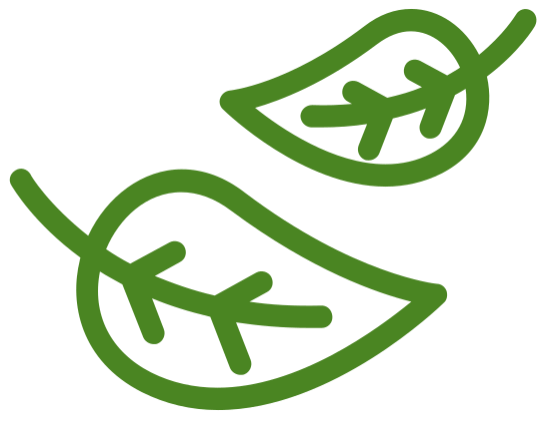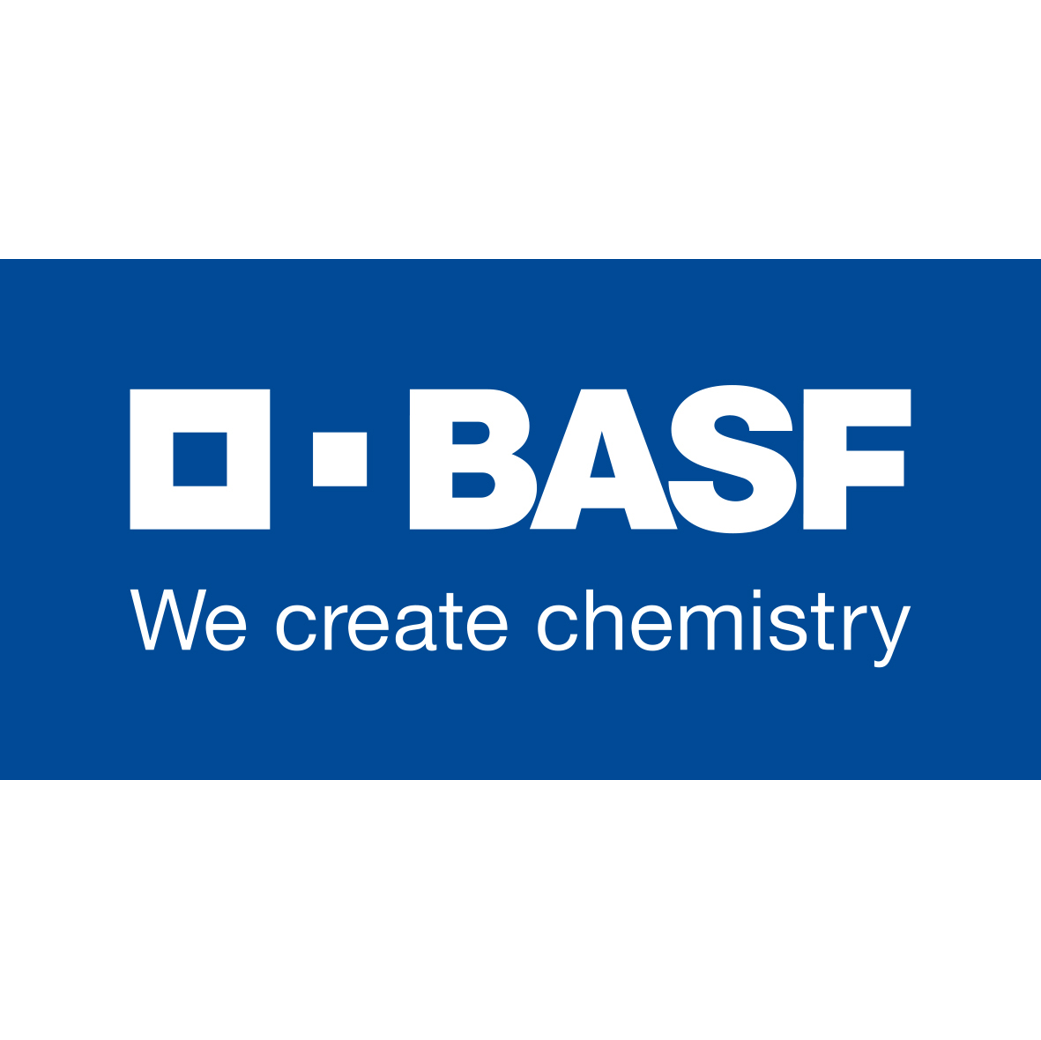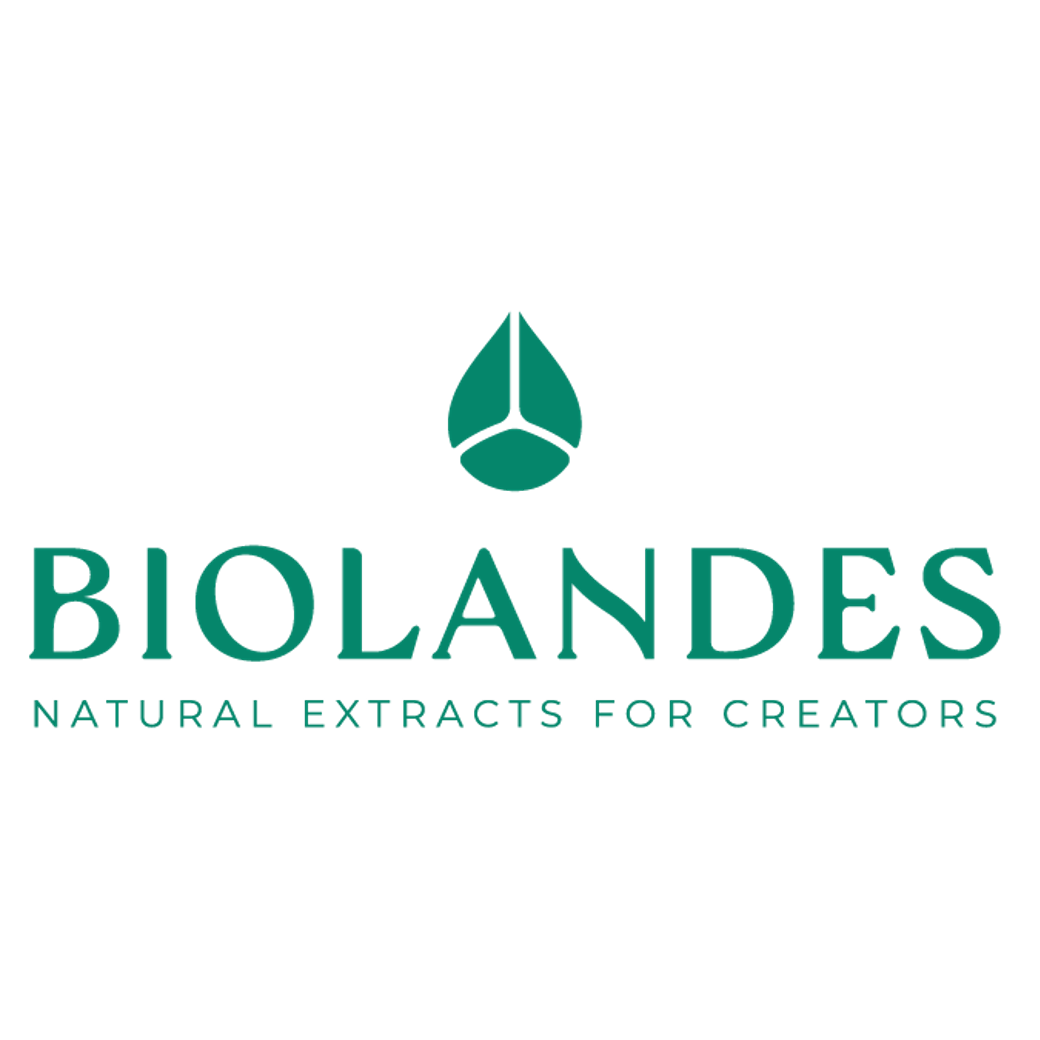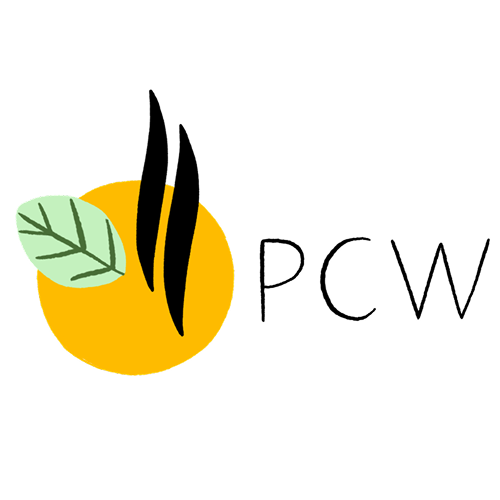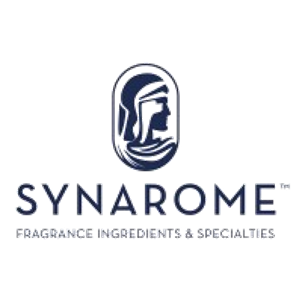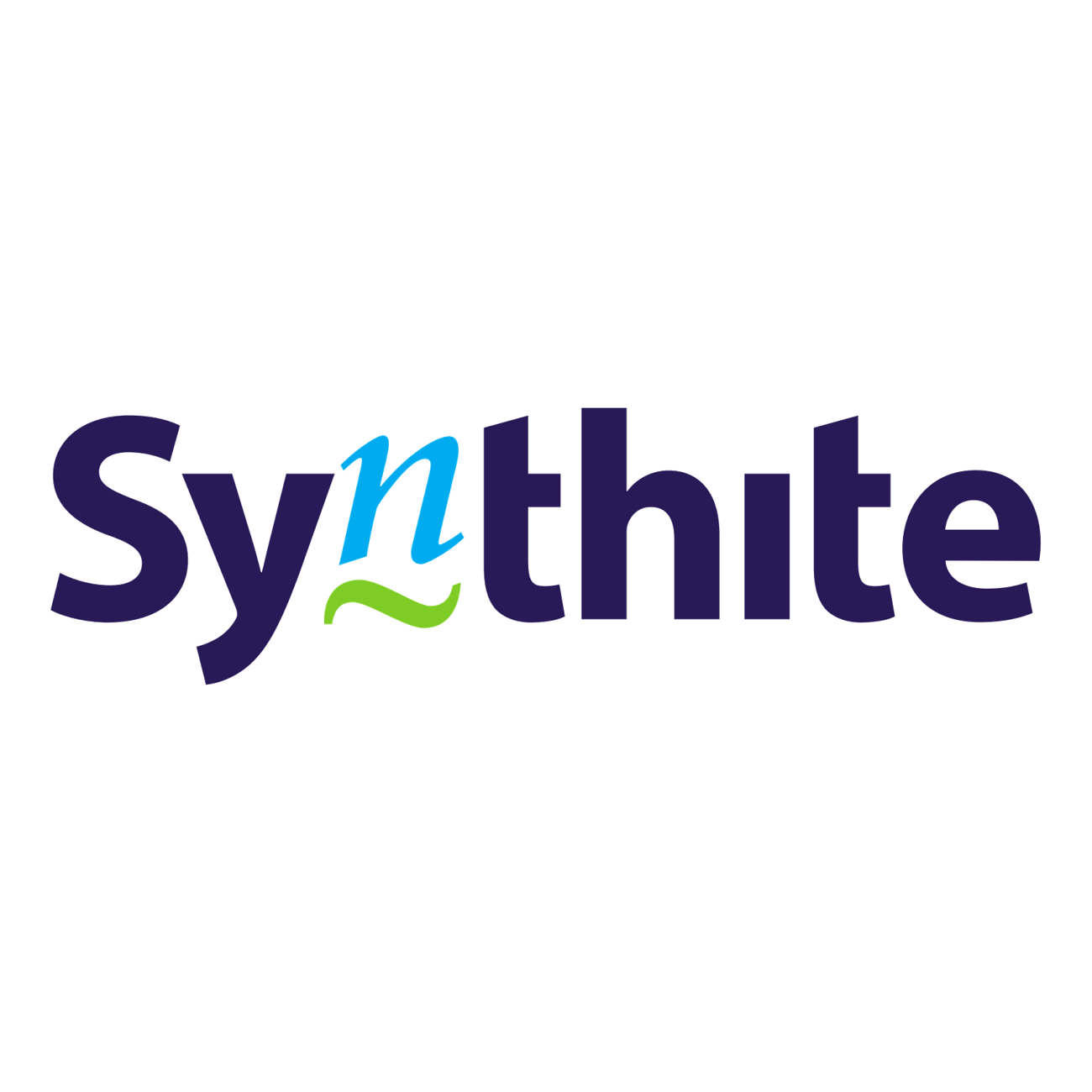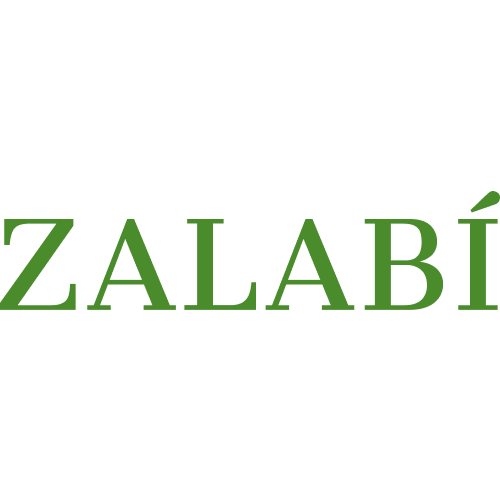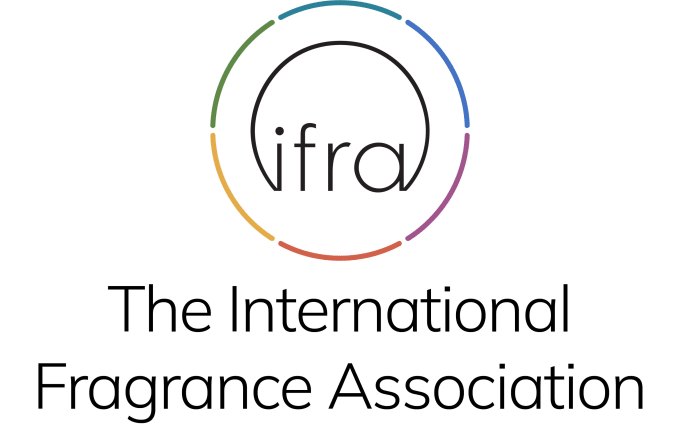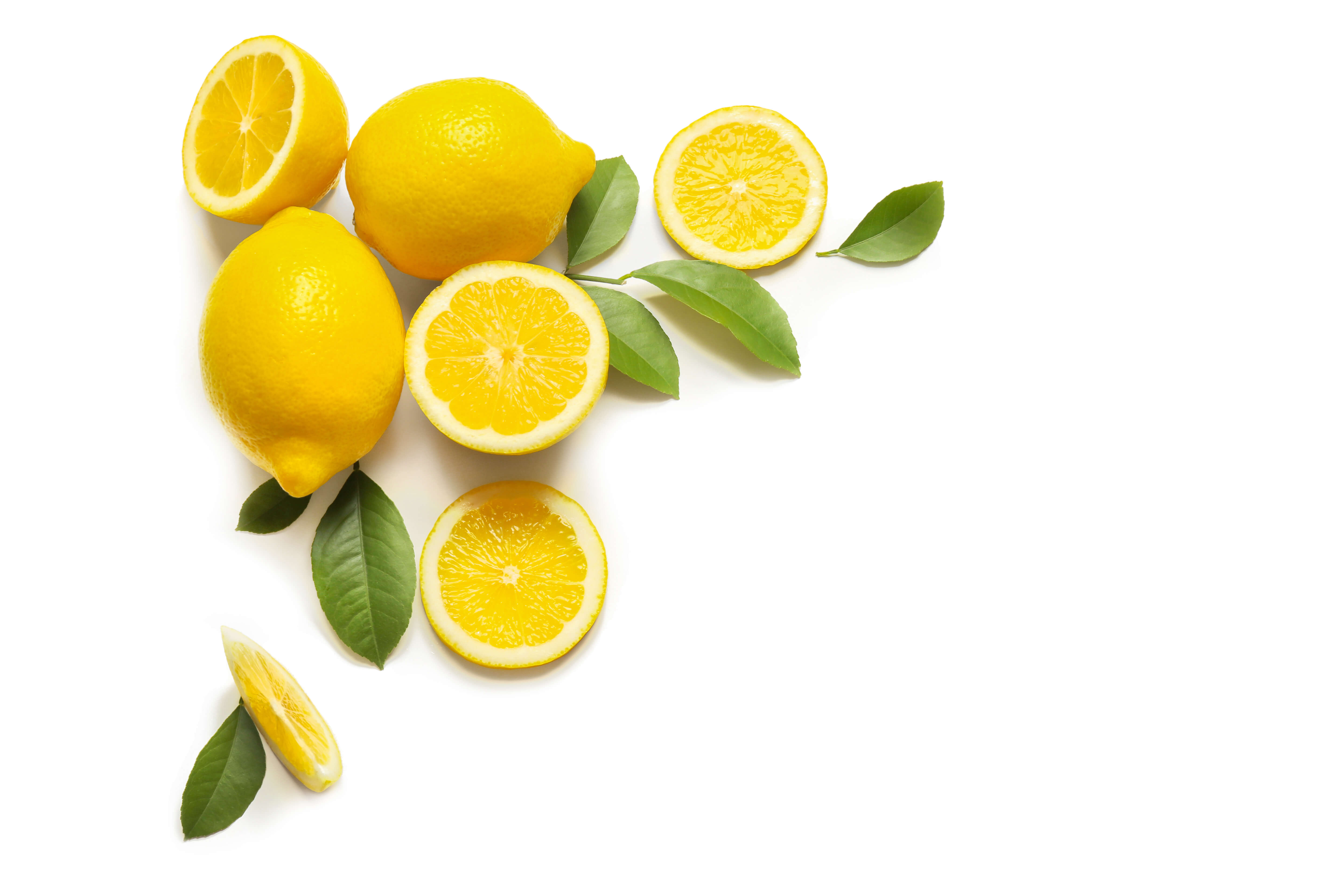
| Company | Ingredient Name | ID | Comments | Naturality | Certifications | MOQ | Latin name | Treated part | Geographical origin |
|---|---|---|---|---|---|---|---|---|---|
|
|
LEMON 4 X CONC FIRAR ARR | 925661 |
Visit website
|
Naturals | - | CITRUS LIMON | - | - | |
|
|
LEMON CITRONOVA® 16X FAB DECOL | 926520 |
Visit website
|
Naturals | - | CITRUS LIMON | - | - | |
|
|
LEMON CP 10X | 925615 |
Visit website
|
Naturals | - | CITRUS LIMON | - | - | |
|
|
LEMON TETRAROME® | 987333 |
Visit website
|
Naturals | - | CITRUS LIMON | - | - | |
|
|
Huile essentielle de Citron Jaune - 30 gr | - |
Visit website
|
- | - | - | - | - | |
|
|
LEMON Essential Oil | M_0064278 |
Visit website
|
Naturel | - | - | - | - | |
|
|
LEMON Rectified Essential Oil | M_0055055 |
Visit website
|
Naturel | - | - | - | - | |
|
|
LEMON Rectified Essential Oil | M_0040026 |
Visit website
|
Naturel | - | - | - | - | |
|
|
LEMON Rectified Essential Oil | M_0062541 |
Visit website
|
Naturel | - | - | - | - | |
|
|
LEMON Rectified Essential Oil | M_0062542 |
Visit website
|
Naturel | - | - | - | - | |
|
|
LEMON OIL FRESH TEK. | 4410000018 |
Visit website
|
Naturel | - | - | - | - | |
|
|
CITRON | B290 |
Visit website
|
Huile essentielle |

|
- | Citrus limon (L.) Burman f. | Zeste | Italie |
|
|
CITRON | 290 |
Visit website
|
Huile essentielle | - | Citrus limon (L.) Burman f. | Zeste | Italie | |
|
|
CITRON ABERGAPTENE | B290A |
Visit website
|
Huile essentielle |

|
- | Citrus limon (L.) Burman f. | Zeste | Italie |
|
|
LEMON CRUDE EO | - |
Visit website
|
- | 10 grs | - | - | - | |
|
|
LEMON TYPE IVORY COAST FLG | - |
Visit website
|
- | 10 grs | - | - | - | |
|
|
LEMON WINTER EO ITALIA | - |
Visit website
|
- | 10 grs | - | - | - |
General Presentation
-
CAS N° :
8008-56-8 -
EINECS number :
84929-31-7 -
FEMA number :
2625
-
Volatility :
Head -
Price Range :
€€
Physico-chemical properties
-
Appearance :
Pale yellow liquid -
Density :
Varie selon l'origine : Amérique (côte) -> 0,851 - 0,857 @20°C Amérique (désert) -> 0,849 - 0,854 @20°C Espagne -> 0,849 - 0,858 @20°C Italie -> 0,850 - 0,858 @20°C Côte Ivoire, Brésil -> 0,845 - 0,854 @20°C -
Refractive Index @20°C :
Varie selon l'origine : Amérique (côte & désert). Espagne. Italie -> 1.473 - 1.476 @20°C Côte Ivoire. Brésil -> 1.473 - 1.479 @20°C -
Optical rotation :
Varie selon l'origine : Amérique (côte), Espagne, Italie -> +57° // +66° @20°C Amérique (désert) -> +67° // +78° @20°C Côte Ivoire, Brésil -> +57° // +70° @20°C -
Vapor pressure :
Data not available. -
Flash Point :
Data not available. -
Acid Value :
Max 2
Botanical informations
Botanical name :
Citrus ×limon (L.) Burm.fil.
Synonyms : Citrus medica var. limon L. // Citrus lemon L.
Botanical profile :
The lemon tree is a tree belonging to the Rutaceae family and the genus Citrus L.
The Rutaceae family includes all citrus fruits, as well as plants such as buchu and amyris.
Chemotypes :
The Citrus L. genus, which includes the vast majority of citrus fruits, contains a large number of varieties used in perfumery:
- Citrus × aurantium L.: Bitter orange tree, cultivated in Spain and Florida. Orange oil expressed (Bitter) / Orange oil (Bitter) / Petitgrain bigarade oil / Petitgrain bigarade absolute / Petitgrain oil (Paraguay) / Orange flower absolute (Bitter) / Orange flower concrete (Bitter) / Orange flower SFE (Bitter)
- Citrus × aurantiifolia (Christm.) Swingle: The lime tree, mostly cultivated in Mexico. Lime oil expressed / Lime oil distilled
- Citrus × bergamia Risso: The bergamot tree, a hybrid of lemon and bitter orange, cultivated for its fruit and petitgrain oils. Bergamot oil expressed / Petitgrain bergamot absolute.
- Citrus hystrix DC.: Kaffir lime, grown in Thailand and India. Kaffir lime oil.
- Citrus × junos Siebold ex Yu.Tanaka: Yuzu, produced in Japan and Korea. Yuzu oil / Citrus junos oil / Citrus junos extract
- Citrus × limon (L.) Burm.fil.: The lemon tree, cultivated in Italy for its fruit and leafy branches. Lemon oil / Lemon oil (distilled, rectified) / Petitgrain lemon oil
- Citrus medica L.: The citron tree, grown in Sicily. Citron oil.
- Citrus × paradisi Macfad.: The grapefruit tree, of Malay origin, cultivated in Brazil and Israel for its fruit’s essential oil. Grapefruit oil / Grapefruit flower oil / Grapefruit oil expressed
- Citrus sinensis L.: The sweet orange tree, widely cultivated in Brazil and California, is the most used citrus in perfumery. Orange flower absolute (Sweet) / Orange flower concrete (Sweet) / Orange flower SFE (Sweet) / Orange cold pressed (Sweet)
- Citrus reticulata Blanco: The mandarin tree, especially cultivated in Italy for its fruit and petitgrain (leaf oil). Mandarin oil (red) / Mandarin oil (yellow) / Mandarin oil (green) / Petitgrain mandarin oil. Its hybrid with sweet orange gave rise to the clementine (Clementine oil).
Extractions & Uses
Extraction process :
Lemon is the fruit of the lemon tree, a thorny tree that is 3 to 8 meters tall with evergreen leaves and white flowers.
The harvest usually takes place between the months of November and May, although it is possible to obtain fruit all year round. The fruits are harvested mechanically before they are washed and sent to a sfumatrice. The machine breaks the zest to collect the essential oil. This oil is driven to a centrifuge by a stream of water and centrifuged twice after the filtration of the residual zest. The zest is collected to be steam distilled during 4 hours. Thus, one oil is obtained by cold press, and another by steaming.
The extraction yield of lemon zest is between 0.3 and 0.5%.
It is also possible to perform a less common hydrodistillation, starting from the fresh peel. For this method, the fruit passes directly into a peeling machine to separate the zest from the pulp and extract the fruit peel only.
The essential oil can be deterpened or desesquiterpened, to increase the intensity (a deterpenation concentrates the essential oil aldehydes) or for regulatory reasons (furocoumarins withdrawal, photosensitizers ...).
The lemon tree is also at the origin of another essential oil, obtained from its leaves, called Petitgrain Lemon EO.
Uses in perfumery :
Used in eaux fraîches, colognes, citrus flavours. Brings freshness and head, sometimes with other citrus fruits. Matches well with Hedione®.
Stability :
Solubility issues in perfumes
Citruses tend to fade through time in perfumes
Limonene tends to convert into Carvone through time, and to give a minthy note to the oil
Aldehydes can form diethylacetals in stability tests, without modifying the raw material’s smell
Major Components :
- D-Limonene (65 - 70%)
- Beta-pinene (10 - 15%)
- Gamma-terpinene (≈10%)
- Citral (≈4%)
- Myrcene (≈2%)
- Sabinene (≈2%)
- Geranial (≈1%)
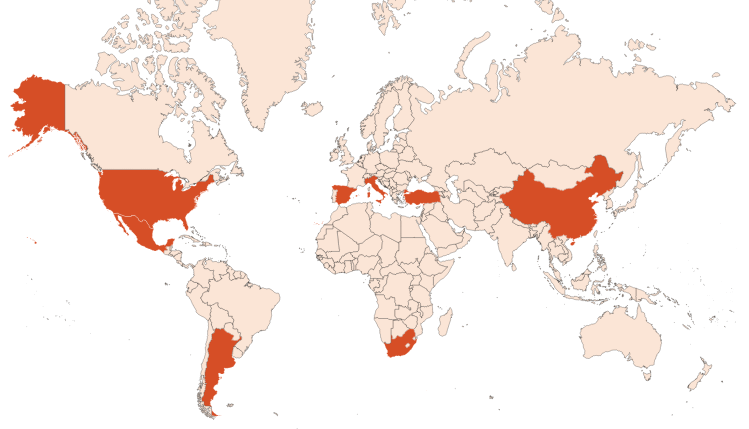
Photo credits: ScenTree SAS
Other comments :
Lemon is particularly grown in Sicily where it is found since it was introduced by the Arabs during the tenth century.
The Sicily mountaneous area does not allow too big areas of cultivation, the fields are smaller than those of California (2nd world producer).
Citrus currently suffer from a disease called ''citrus greening ''. This disease is deadly for citrus fruits and no treatment exists. It is transmitted by a vector insect that attacks young shoots: the psylla. This results in the premature death of many trees and therefore the decline in the general production of the essential oil and its quality (reduction of the D-Limonene level).
IFRA
IFRA 51th :
This ingredient is restricted by the 51th amendment
- Quantitative limit on the use :
-
Cat.1 Cat.2 Cat.3 Cat.4 Cat.5A B C DCat.6 2 % 2 % 2 % 2 % 2 % 2 % 2 % 2 %2 % Cat.5A B C DCat.6 2 % 2 % 2 % 2 %2 % Cat.7A BCat.8 Cat.9 Cat.10A BCat.11A BCat.12 No Restriction 2 %2 % No Restriction No Restriction 2 %No Restriction 2 %No Restriction Cat.10A BCat.11A BCat.12 No Restriction 2 %No Restriction 2 %No Restriction
-
Restricted ingredients due to phototoxicity considerations: notes
The Standard is set due to the phototoxic effects of Lemon oil cold pressed. For more detailed information on the application of this Standard, please refer to the note on phototoxic ingredients in chapter 1 of the Guidance for the use of IFRA Standards. If the level of furocoumarins is unknown, the restriction level specified in this IFRA Standard applies. Combination effects of phototoxic ingredients are only taken into consideration for the furocoumarin-containing fragrance ingredients (extracts) listed in the IFRA Standard of Citrus oils and other furocoumarins containing essential oils. If combinations of furocoumarin-containing phototoxic fragrance ingredients (extracts) are used, the use levels must be reduced accordingly. The sum of the concentrations of all furocoumarin-containing phototoxic fragrance ingredients (extracts), expressed in of their recommended upper concentration level in the consumer product shall not exceed 100. For qualities of the expressed oil in which the less volatile components have been concentrated by partial or total removal of the terpene fraction, this limit should be reduced in proportion to the degree of concentration.


